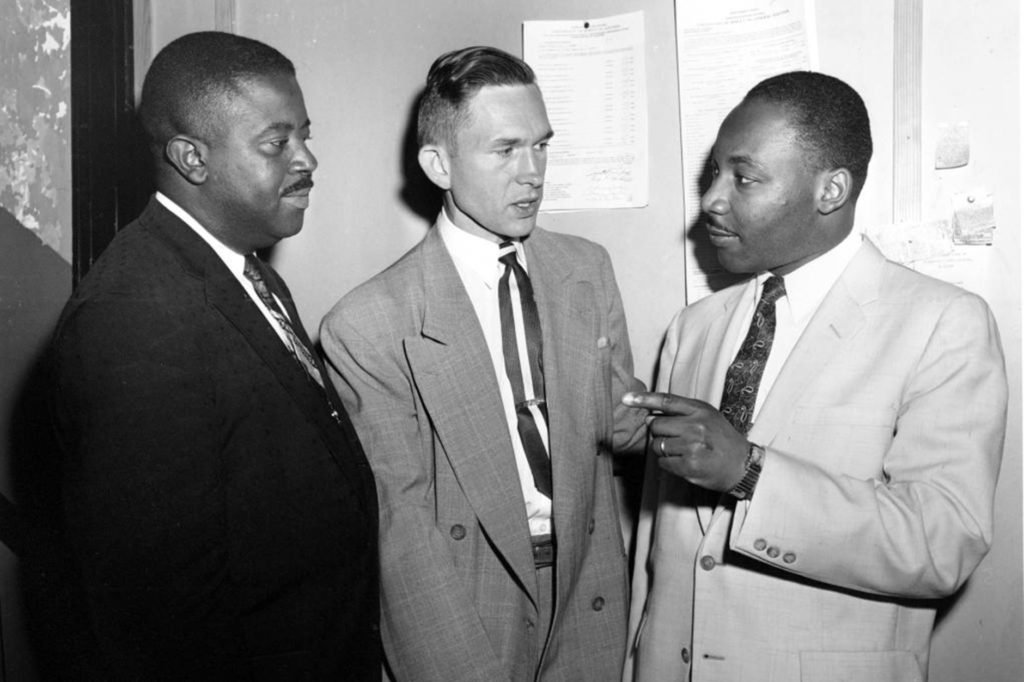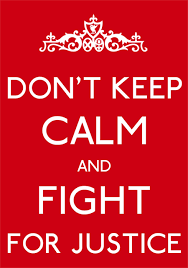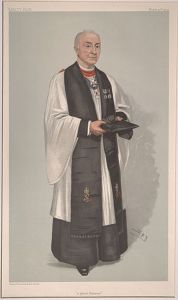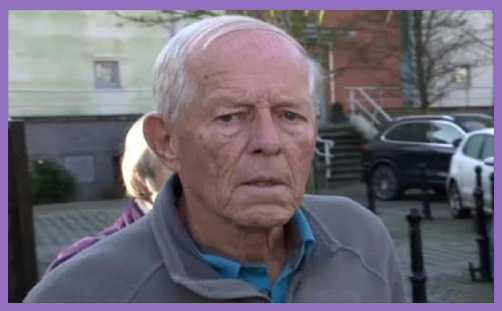
This past week, two important documents have been published by the Church of England. Both seem to suggest that decisive moves are now being made for the future of church safeguarding practice. The first document is a press release at the conclusion of the Archbishops’ Council which met on Wednesday 23rd September. This appeared the day after. The second is linked to the first; it is a job description for a senior post in Church House to help put the safeguarding proposals of the Council into effect. The new post is to be responsible for creating and overseeing a new Redress Scheme for survivors which is now being proposed by the Church. The Archbishops and their Council are, in short, actively seeking new ways of supporting and responding to abuse survivors.
The Friday press release contained an assurance by the Church of England to put right two issues from the past. One was to make sure that new financial and practical support is made available to abuse survivors. The second was to ensure that this task of providing survivor support and care would be independent and be free of the control of the central Church. The document also recognised that, in the words of the Archbishops, the Church ‘has failed survivors’. But now ‘decisions being made feel like a turning point ……..today our words of sorrow are matched by actions that we believe will lead to real change.’ What is now being proposed is a pilot scheme, working with survivors to see what are the best ways of helping them and finding out for the future what are the best of delivering redress.
These two documents have appeared at a critical moment in the history of the Church. Looking back to February, we witnessed a great flurry of activity at General Synod with several members urging the Church to make a new start in the area of safeguarding. A powerful speech was delivered by the new safeguarding bishop, Jonathan Gibbs. This was backed up by important speeches from Julie Conalty and John Spence. All the speeches on safeguarding indicated that there was unhappiness about the Church’s record in the past, and that there was a need for a shake-up at every level. The speeches now have had the desired effect and the present documents are an indication that much work has been going on behind the scenes. There is no appetite for going back to the old pattern of effectively ‘contracting out’ the care and overall response to survivors.
The second event that looms over the Church is the awaited report by IICSA on the Church’s record on safeguarding. This is due to be published on the 6th October. It is likely that the Church will receive substantial criticism from the Inquiry report. Clearly the Church needed to show that it was now recognising this record of failure over safeguarding. It needed to have in place some positive recommendations for future action in this whole area.
The scheme to which the Archbishops’ Council press release refers to, is called the ‘interim pilot support scheme’. This recognises that the consequences of abuse on an individual can be severe, to the point where a survivor ‘is known to be in seriously distressed circumstances’. The Church also ‘has a heightened responsibility because of the way the survivor was responded to following disclosure’. This is, no doubt, referring to the stories of survivors being thrust into having to engage in a hostile litigation process to gain any kind of hearing by the Church. That process is itself abusive with survivors having to endure intrusive lines of questioning by lawyers employed by the insurance companies who seek to minimise payment of liability. In short, the Church finally gets the point that a survivor deserves something better than being thrust into the position of being a litigant. The wounds caused by such a process are every bit as bad as the original experience of abuse.
The advertisement for a Development Manager (Redress Scheme) which, in fact, appeared the day before the Archbishops’ Council, shows that all the details of the new scheme had been worked out before Wednesday. The advertisement gives us a sense of how seriously the National Safeguarding Team and the lead Bishops are taking this project. This new initiative and the details of the post to put it into practice, have required many hours of discussion and work. The level of pay, almost £70,000 pa., suggests that they are looking for a senior experienced person who understands management, redress schemes and hopefully the byzantine structures of the Church of England. We learn along the way, from the advertisement, how the Church has operated hitherto in this area of redress. The advertisement acknowledges that there has been ‘some provision for redress for survivors of Church abuse as part of the civil litigation process with such payments usually made by insurers, but in some circumstances the Church Commissioners.’ It is only in ‘some cases’ that there have been ‘other forms of compensatory response … funding for therapy, counselling and offers of apology’. It is clear that the person who wrote the advertisement realised that the existing provision for survivors has been at best a post-code lottery. Something better than legally negotiated settlements is needed by survivors of church abuse. The sums involved will probably have to be fairly substantial.
The appointed person is to oversee the development and delivery of a national scheme of redress. There would be a new structure to offer financial compensation which would be ‘a form of solace designed to provide some degree of comfort to the victim for his or her injury and to make an attempt to put right the wrong that he or she has suffered.’ There would thus not be a ‘one size fits all’. A welcome clause that appears, declares the importance of ‘’involving victims and survivors of abuse in both the design and the ongoing governance of the redress scheme.’
This advertisement is to be welcomed, not only for the prospect of having a competent person responsible for redress issues in the NST, but also what it reveals about the writers of this advertisement who are currently in charge of safeguarding. Everything about this advertisement proclaims loudly that the old days of secrecy and outsourcing of abuse cases to lawyers and insurers are over. The outrageous practice of church lawyers/insurers asking a psychiatrist to write reports on a victim without ever meeting them, will not in future be tolerated. The Church, we trust, is taking back control from secret unaccountable committees and entering a new age of transparency and justice. Everyone recognises that the implementation of a good redress scheme will take some time to deliver, but the old days of winter in Narnia seem to be over. The thaw has come. Under the leadership of Melissa Carslake, Jonathan Gibbs and the other safeguarding bishops, we can look forward to real changes that will help the entire Church of England become a healthier and more just institution. Then it will be ready to face the world with a clear conscience to replace the shame heaped on it from all the abuse stories over the past twenty to thirty years. There is much to be done, but the voices of survivors have been and are finally being heard and we rejoice in that new reality.









